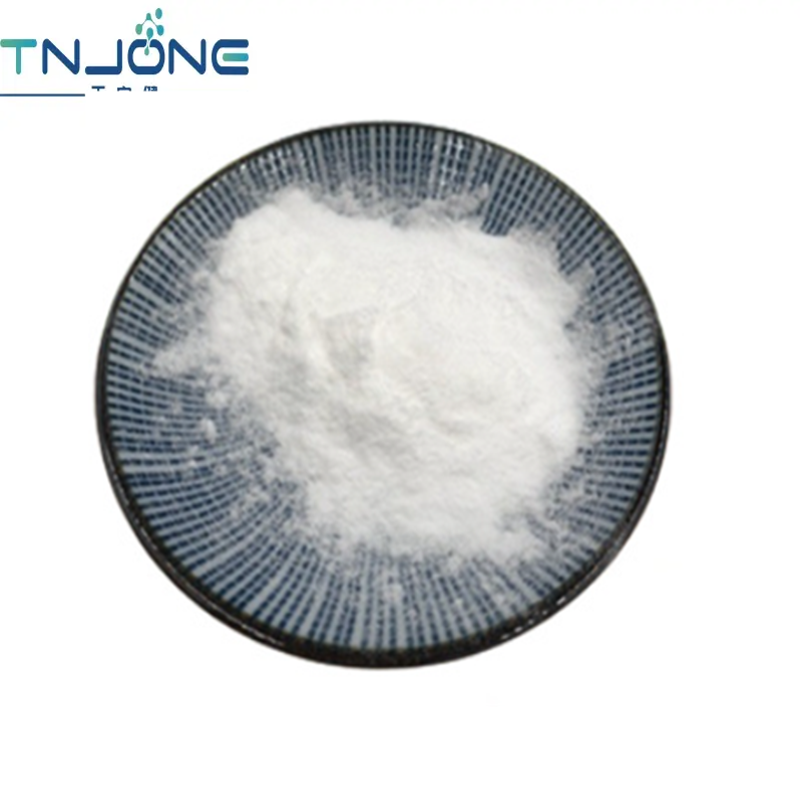-
Categories
-
Pharmaceutical Intermediates
-
Active Pharmaceutical Ingredients
-
Food Additives
- Industrial Coatings
- Agrochemicals
- Dyes and Pigments
- Surfactant
- Flavors and Fragrances
- Chemical Reagents
- Catalyst and Auxiliary
- Natural Products
- Inorganic Chemistry
-
Organic Chemistry
-
Biochemical Engineering
- Analytical Chemistry
-
Cosmetic Ingredient
- Water Treatment Chemical
-
Pharmaceutical Intermediates
Promotion
ECHEMI Mall
Wholesale
Weekly Price
Exhibition
News
-
Trade Service
The 5-(2-Fluorophenyl)-1-(3-pyridinylsulfonyl)-1H-pyrrole-3-carboxaldehyde is an organic compound that has been widely studied in the chemical industry due to its unique properties and potential applications.
This compound, also known as FPPS, is a fluorinated derivative of the natural amino acid pyrrole-3-carboxaldehyde.
FPPS has been studied for its potential use in a variety of applications, including as a building block for the synthesis of medicinal drugs and agrochemicals.
Its unique fluorinated side chain gives it improved solubility and permeability compared to non-fluorinated compounds, which makes it a promising starting point for drug development.
One of the most interesting applications of FPPS is as a herbicide.
The compound has been shown to be highly effective at controlling a wide range of weed species, including dicot and monocot weeds.
This makes it an important tool for farmers and gardeners looking to maintain healthy crops and landscapes.
FPPS has also been studied for its potential use as an insecticide.
Early research has shown that the compound is highly toxic to a variety of insect species, including Lepidoptera and Coleoptera.
This makes it a promising tool for controlling pest populations in a variety of settings.
In addition to its potential use as a herbicide and insecticide, FPPS has also been studied for its potential use as a fungicide.
Early research has shown that the compound is effective at controlling a variety of fungal species, including those that cause powdery mildew and black spot.
Despite its potential applications, FPPS is still a relatively new compound and more research is needed to fully understand its properties and potential uses.
However, early research suggests that FPPS has great potential as a tool for controlling pests and diseases in a variety of settings.
In conclusion, FPPS is a promising compound with a wide range of potential applications in the chemical industry.
Its unique properties, including its fluorinated side chain, make it a promising starting point for drug development and a highly effective tool for controlling pests and diseases in a variety of settings.
Further research is needed to fully understand its properties and potential uses, but early results are highly promising.






